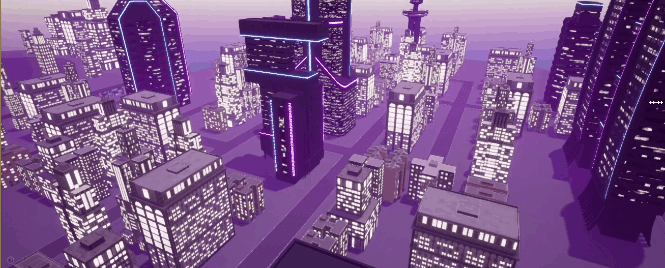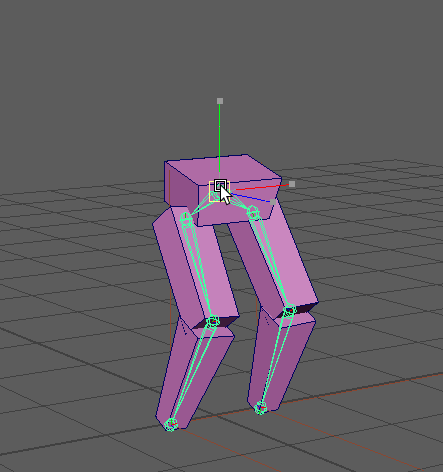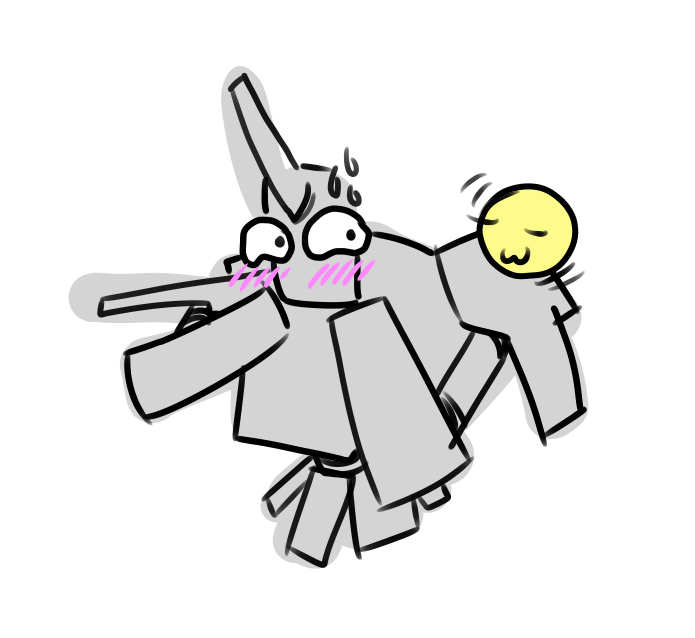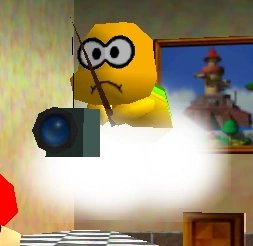Unreal Engine hard-codes appling the aspect ratio of the viewport to a fixed Horizontal Field of View (“FOV”), rather than the Vertical FOV. This means, e.g., if you switch from standard 16:9 to ultrawide it will crop the top and bottom of the view and zoom, rather than revealing more to the left and right as you’d expect, and if you shrink it to 4:3 you end up with an extreme fisheye effect.

Unreal Default: content on the sides of the viewport is fixed, causing weird cropping and zooming.

Our Camera: fixing content on the top and bottom of the viewport, like we expect.
The default is basically never what I want, but there’s no way to override it with just configuration, so we turn to code. 😖







